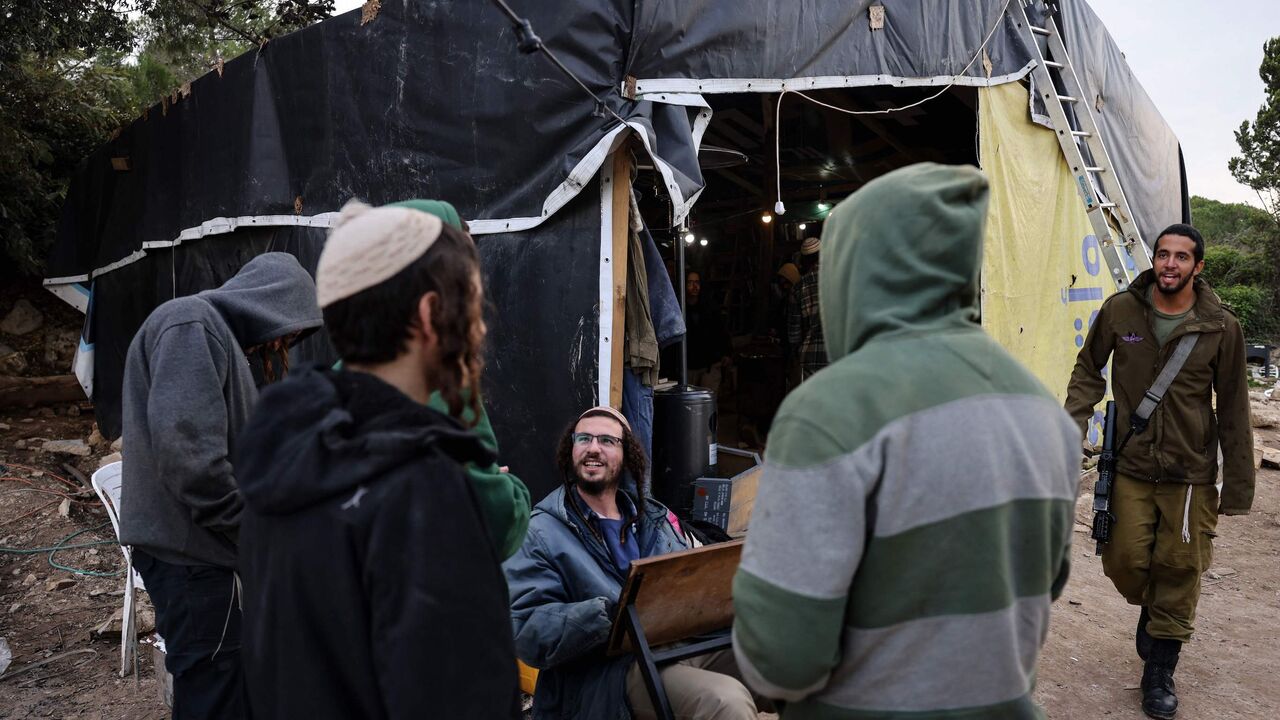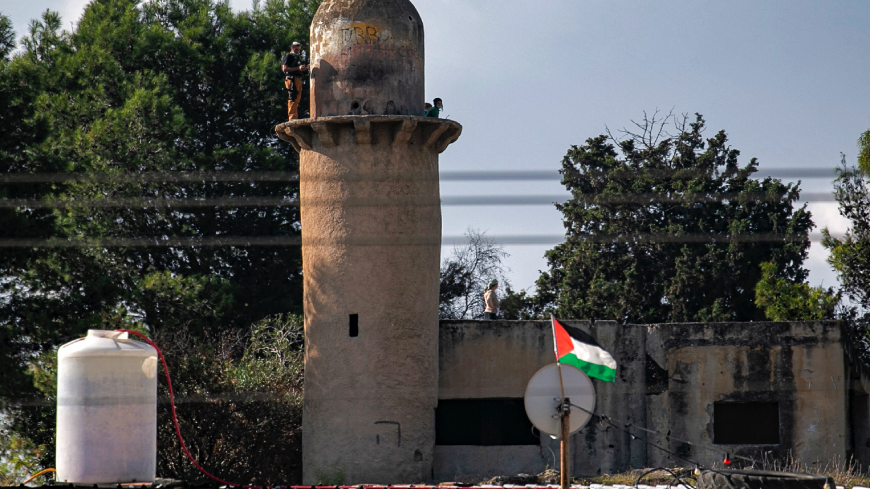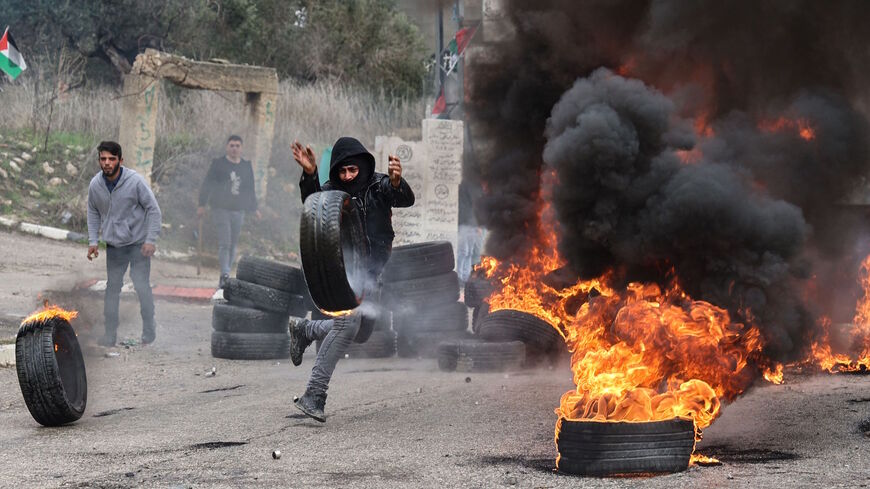What Gallant's nixing of Israeli disengagement law means for West Bank
Defense Minister Yoav Gallant has greenlit settlers to enter the evacuated and demolished West Bank outposts of Sa-Nur, Ganim and Kadim.

Defense Minister Yoav Gallant signed an order Wednesday allowing Israelis to visit three settlements in the occupied West Bank that were evacuated and demolished in the framework of Israel's 2005 disengagement from the Gaza Strip, marking a reversal from the decision by the chief of the Israeli military's Central Command, Yehuda Fuchs, earlier this month that had designated the three settlements a closed military area where civilians are not permitted.
Hamas quickly denounced the move. In a statement on Wednesday, the group called the move a “continuation of the occupation’s policies of aggression and settlements,” adding that it “infringes on the Palestinian people’s rights in their land.” Hamas also called on people in the West Bank to “intensify confronting the occupation’s settlement policies.”
2005 disengagement law
The 2005 disengagement law banned evacuated Israelis from entering the settlements, including not only Gaza's Gush Katif but also four isolated settlements in the West Bank north Samaria region between Nablus and Jenin. Over the years, settlers have tried to reach the four settlements, even setting up a makeshift yeshiva at the demolished outpost Homesh. Since December 2021, when Yehudah Dimentman was killed by a Palestinian gunman outside the yeshivah, the settlers have ramped up their political campaign to return.
Two years later, in March 2023, the Knesset adopted an amendment to the 2005 disengagement legislation, repealing the ban on entering the area. For the law to come into effect, it needed an order by the defense minister, and at the time, the minister allowed visits only to Homesh. The amendment also permitted entry and visitation, but not resettlement, and the military could still block civilians from entering, citing security concerns.
The settlers celebrated the March 2023 repeal of the law with a mass march to Homesh, which has become a symbol of their campaign. In May 2023, the government authorized the settlers to set up a new makeshift yeshiva near the demolished Homesh outpost despite objections by the military and an international outcry.
Wednesday’s decision will allow Israelis to enter not just Homesh, but the three other evacuated settlements of Sa-Nur, Ganim and Kadim.
Israeli military closes area
According to Haaretz, Fuchs' May order was signed because securing these three settlements, which are very isolated, is significantly more challenging than securing Homesh. "Right now, Israelis would be in mortal danger entering this area. Extensive preparatory work is required, maybe on the brigade or division level," an unnamed security source told Haaretz, adding, "It would take a very large number of forces and bases to restore settlement there."
Ben-Gvir escalates tensions
National Security Minister Itamar Ben-Gvir ascended the Jerusalem Temple Mount compound Wednesday morning in a first visit since Oct. 7. In a video message from the site, Ben-Gvir slammed the statements of Norway, Ireland and Spain on their intention to recognize a Palestinian state May 28, saying that extending diplomatic recognition to Palestine is tantamount to rewarding Hamas. The three countries, said Ben-Gvir, are “giving a prize to Nukhba, murderers and abusers,” referring to Hamas' Nukhba force that spearheaded the Oct. 7 attack assault.
Jordanian Foreign Minister Ayman Safadi called Ben-Gvir's visit to the Temple Mount an "attack on Al-Aqsa Mosque" and "a provocative act." Safadi added that he "welcomes the decision made by Norway, Ireland and Spain to recognize a Palestinian state."







